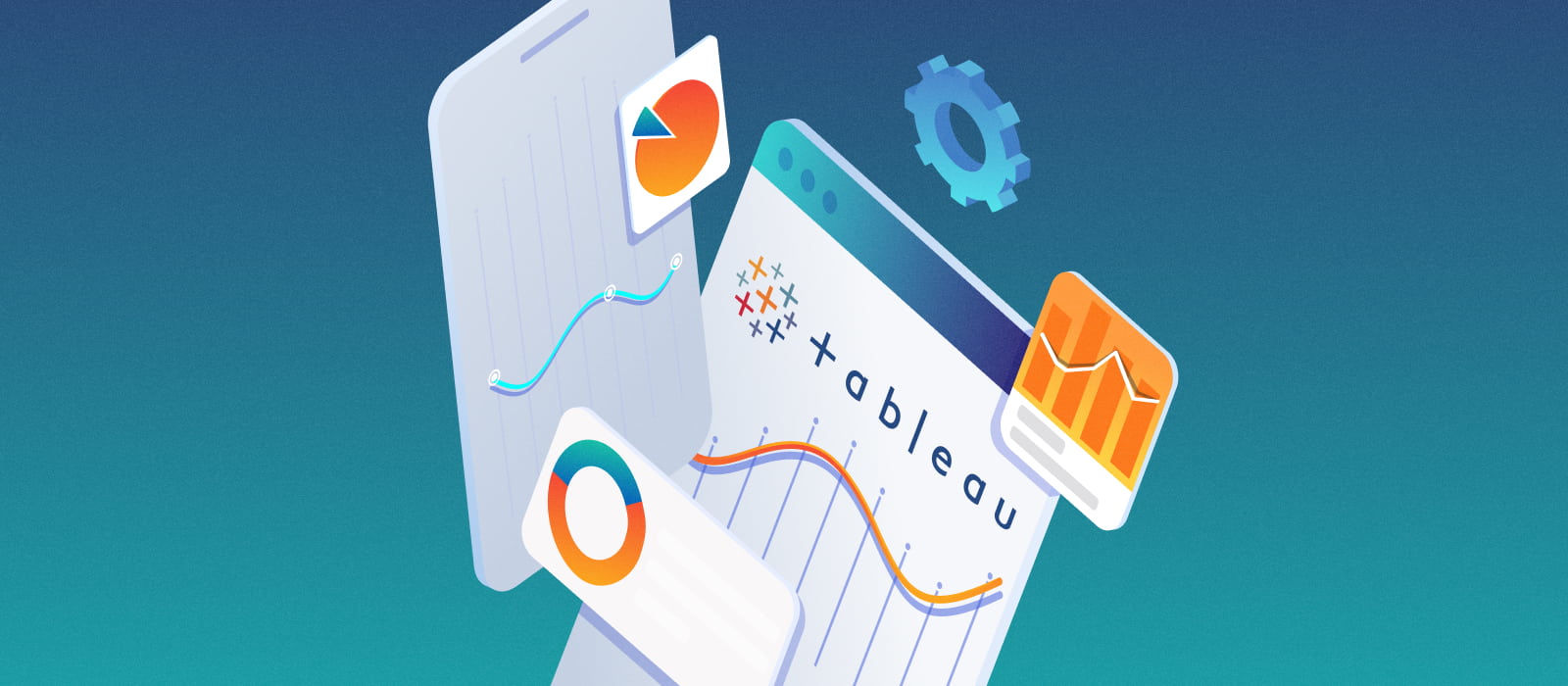
August 30, 2023
In today’s data-driven business landscape, staying ahead of the competition requires more than just intuition and experience. It necessitates the ability to make informed decisions based on accurate insights derived from complex data sets. This is where the synergy between Salesforce and Tableau becomes a game-changer. In this blog, we’ll explore how the integration of Salesforce and Tableau can propel your business to new heights by enabling data-driven decision-making, enhancing customer relationships, and optimizing operational efficiency.
I. Data-Driven Decision-Making:
1. Unified Data Platform: The amalgamation of Salesforce and Tableau offers a comprehensive solution for handling, analyzing, and visualizing data across your entire organization. This integration enables you to centralize your data, break down data silos, and gain a holistic view of your business operations.
2. Real-time Analytics: Salesforce Tableau empowers you to generate real-time, interactive dashboards and reports. This facilitates on-the-fly analysis and allows you to make swift decisions based on current market trends, customer behaviors, and performance metrics.
3. Predictive Insights: Leveraging Tableau’s advanced analytics capabilities, you can identify patterns, trends, and correlations within your data. This enables you to predict future outcomes and adjust your strategies accordingly.
II. Enhancing Customer Relationships:
1. Personalized Customer Experiences: By combining Salesforce’s CRM capabilities with Tableau’s visualizations, you can create a 360-degree view of your customers. This insight enables you to deliver personalized experiences, tailor marketing efforts, and anticipate customer needs.
2. Sales Forecasting: Salesforce Tableau aids in accurate sales forecasting by analyzing historical data, market trends, and customer behaviors. This assists your sales teams in setting realistic targets, optimizing resource allocation, and identifying potential growth areas.
3. Customer Analytics: Understanding customer behavior and preferences is crucial for effective marketing strategies. Salesforce Tableau enables you to segment customers, analyze their interactions, and develop targeted campaigns that resonate with their needs.
III. Optimizing Operational Efficiency:
1. Process Improvement: By integrating Salesforce and Tableau, you can identify inefficiencies in your business processes. Visualizing data can help pinpoint bottlenecks, streamline workflows, and enhance overall operational efficiency.
2. Supply Chain Management: For businesses dealing with inventory and supply chains, Salesforce Tableau offers insights into demand patterns, inventory levels, and supplier performance. This information is invaluable for optimizing stock levels and ensuring timely deliveries.
3. Employee Performance Analysis: Salesforce Tableau can also be utilized for evaluating employee performance metrics. By visualizing key performance indicators (KPIs), you can provide constructive feedback, identify training needs, and motivate your workforce.
In conclusion, the integration of Salesforce and Tableau forms a potent alliance that empowers businesses to harness the true potential of their data. From making data-driven decisions and enhancing customer relationships to optimizing operational efficiency, this synergy offers a plethora of advantages across various business functions. By leveraging these tools, your business can stay ahead of the competition, adapt to changing market dynamics, and thrive in the era of data-driven insights.
Remember, adopting these technologies requires careful planning, implementation, and training. If you’re considering integrating Salesforce and Tableau into your business, partnering with experts or undergoing relevant training can help ensure a successful transition and maximize the benefits.













